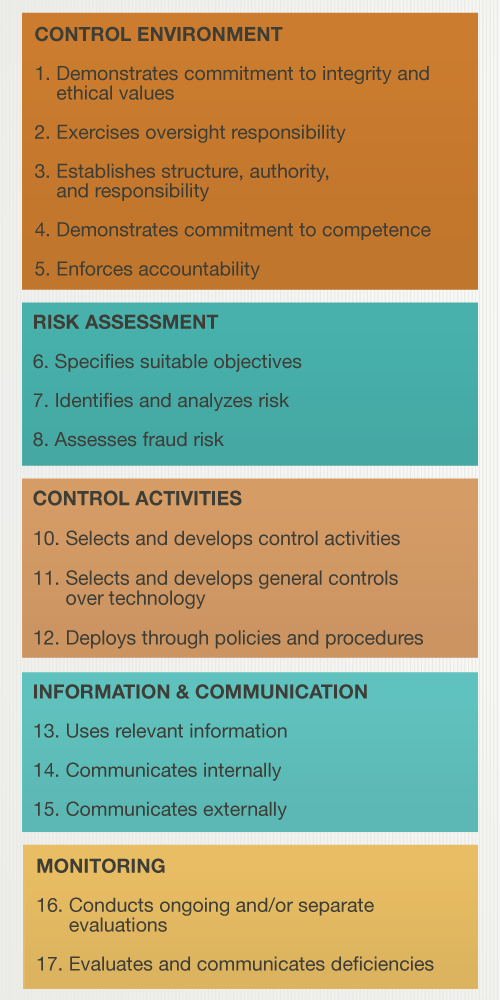
What is a SOC 2 Audit?
A SOC 2 audit is an audit of a service organization’s non-financial reporting controls as they relate to the Trust Services Criteria – the security, availability, processing integrity, confidentiality, and privacy of a system.
A SOC 2 audit report provides user entities with reasonable assurance and peace of mind that the non-financial reporting controls at a service organization are suitably designed, in place, and appropriately protecting sensitive client data. Below, we explore the two types of SOC 2 audit reports.
How is a SOC 2 audit different from a SOC 1 audit? Watch our SOC 1 vs SOC 2 video or explore our guide to find out!
SOC 2 Type I vs. Type II: What’s the Difference?
| Aspect | SOC 2 Type 1 | SOC 2 Type 2 |
| Objective | To assess the design of controls at a specific point in time. | To evaluate the operational effectiveness of controls over a period of time. |
| Focus on Time | Examines controls as of a specific date. | Examines controls over a minimum period of six months. |
| Nature of Audit | Point-in-time assessment. | Period-of-time assessment. |
| Evaluation of Controls | Assesses if the company’s controls are properly designed to meet the Trust Services Criteria. | Assesses both the design and the operational effectiveness of the controls. |
| Report Length | Generally shorter, as it only covers the design of controls at a single point. | Generally longer, as it covers the operation of controls over a period of time. |
| Usefulness | Useful for organizations that want to demonstrate they have a system in place with designed controls. | Useful for organizations that want to show their controls are not only designed properly but also operating effectively over time. |
| Audience | Potential clients, partners, and stakeholders interested in the design of controls. | Potential clients, partners, and stakeholders interested in the effectiveness of controls over time. |
| Frequency of Audit | Typically performed once as a preliminary assessment. | Performed annually or as required by stakeholders. |
| Cost | Generally less expensive due to the narrower scope. | More expensive due to the extended period of evaluation and more comprehensive nature. |
| Ideal For | Newer companies or those in the early stages of implementing a SOC program. | Established companies with mature controls looking to demonstrate effectiveness over time. |
| Report Content | Describes the systems and whether the design of specified controls meets the relevant Trust Services Criteria as of a specific date. | Includes the information in Type 1 and also describes the operating effectiveness of controls over a review period. |
| Trust Services Criteria | Security, Availability, Processing Integrity, Confidentiality, and Privacy. | Security, Availability, Processing Integrity, Confidentiality, and Privacy. |
| Certification Validity | No ongoing validity; it’s a snapshot in time. | Provides ongoing assurance about the system, valid for the duration of the audit period. |
SOC 2 Type I and Type II both report on the non-financial reporting controls and processes at a service organization as they relate to the Trust Services Criteria. There are many other similarities between SOC 2 Type I and SOC 2 Type II reports, but there is one key difference.
What is a SOC 2 Type I Report?
A SOC 2 Type I report—also written SOC 2 Type 1—is an attestation of controls at a service organization at a specific point in time. SOC 2 Type I reports on the description of controls provided by the management of the service organization and attests that the controls are suitably designed and implemented.
What is a SOC 2 Type II Report?
A SOC 2 Type II report—also written SOC 2 Type 2—is an attestation of controls at a service organization over a minimum six-month period. SOC 2 Type II reports on the description of controls provided by the management of the service organization, attests that the controls are suitably designed and implemented, and attests to the operating effectiveness of the controls.
During a SOC 2 Type II audit, the auditor will carry out field work on a sample of days across the testing period to observe how controls are implemented and how effective they are.
As you can see, the key difference between SOC 2 Type I and SOC 2 Type II reports is that Type II reports are conducted over a significantly longer period. This allows Type II reports to attest to control effectiveness, something that is not possible with the shorter Type 1 report, which can only attest to the suitability of design and implementation.
Which SOC 2 Compliance Report Is Right for Your Business?
As a CPA firm, we advise clients who are engaging in a SOC 2 audit for the first time to begin with a Type I and move on to a Type II the following audit period. This gives service organizations a good starting point and more time to focus on the description of their system, allowing them to mature their environment over time.
Start Your SOC 2 Audit Journey with KirkpatrickPrice Today
Many organizations are required to undergo a third-party SOC 2 audit, but we know this process can feel overwhelming. That’s why we’re here to partner with your organization from audit readiness to final report! If you have questions about which type of SOC report you need or want help demonstrating to your clients your commitment to security and compliance, connect with one of our experts today.
More SOC 2 Resources
Understanding Your SOC 2 Report




